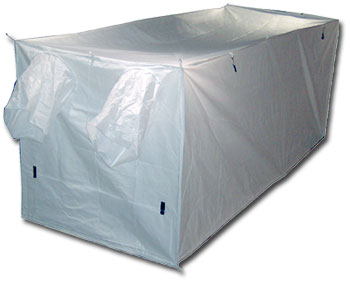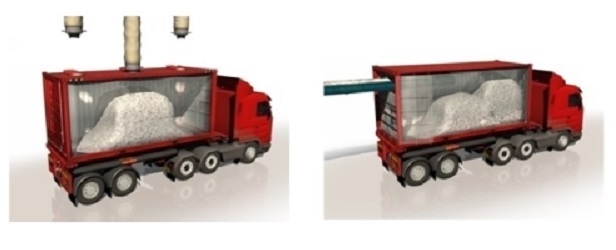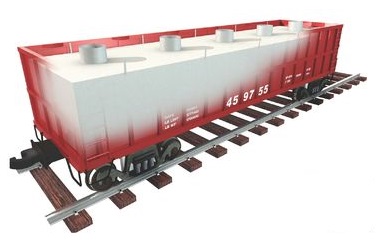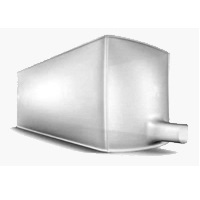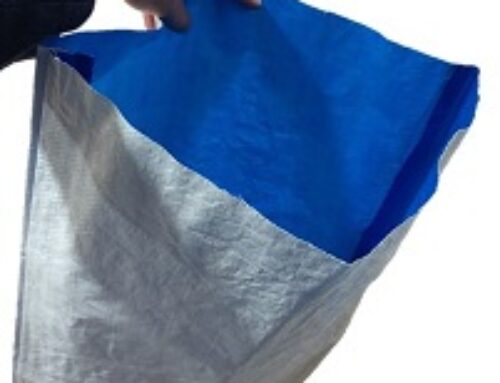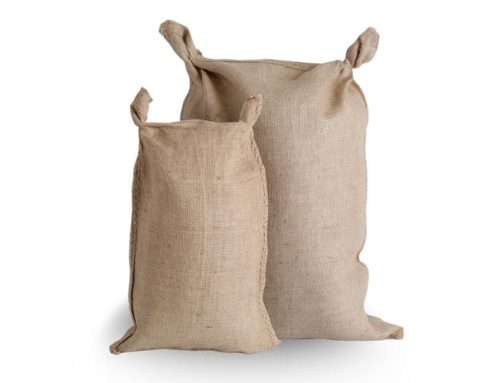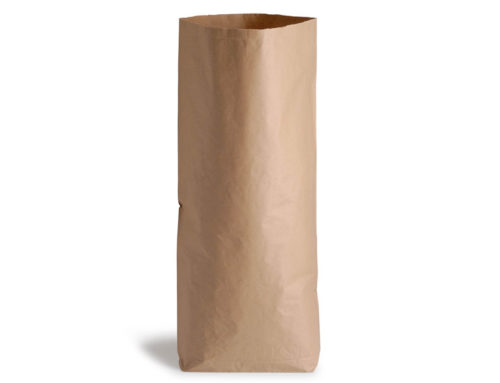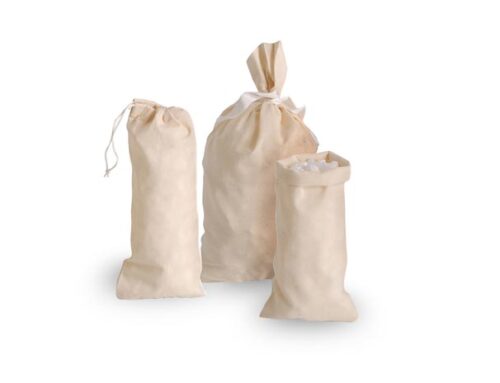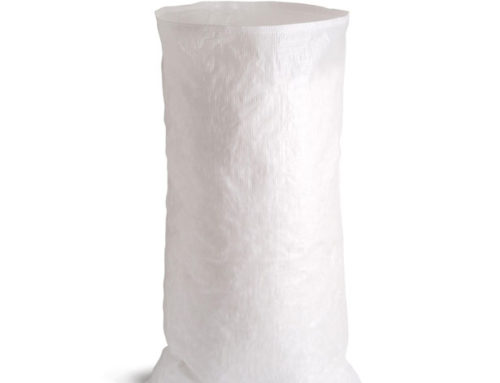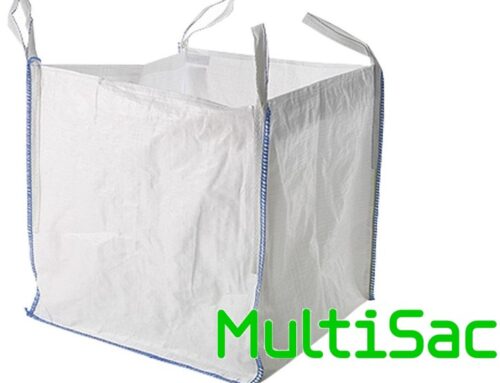What is a Container Liner?
Container Liners could be considered the largest Big Bags that exist, with a potential capacity of almost 25,000 liters for 20-foot containers and almost 50,000 liters for 40-foot containers.
In reality, and as its name in English indicates, it is a cover or interior lining for containers, truck boxes, or even train cars, to be able to load dry bulk products directly into them, making the most of their capacity. space (maximum profitability) and at the same time ensuring that the product does not come into contact with the walls of the container, thus avoiding possible contamination and transfers (maximum security).
Container Liners are the most affordable option for transporting large quantities of non-liquid products that can be loaded and unloaded in bulk, including food products such as wheat, malt, starch, rice, coffee, legumes, sugar, seeds, and other non-food products such as coal, chemicals, fertilizers or cement.
There are different types of Container Liners depending on their material, configuration, or arrangement of their elements.
Benefits of Container Liners
- More ecological: To load a container with traditional Big Bags, between 20 and 40 Big bags are needed depending on the container and the load. On the other hand, a single Container Liner is necessary to complete the loading of a container, thus using much less plastic material to cover and contain the load. In this way, the CO2 footprint in its manufacture and use is considerably reduced compared to other alternatives.
- Profitability in transportation: The cost of a single Container Liner is much lower than the 20 or 40 Big Bags needed to complete a container. The load in a Liner container is maximized, since there is no space left between the Big Bags set inside the containers. Both things favor maximum profitability and optimization of the transportation of these products.
- Quick installation: The installation of a Container Liner should not take more than 10 or 15 minutes. All containers incorporate standard fastening elements that facilitate the fastening of these container liners.
- Best for bulk loading and unloading: It is much faster and more efficient to install a Container Liner and then load all its contents into it by lateral telescopic belt or by vertical gravity than to load 20 or 40 Big Bags one by one and then place them orderly inside the container.
- Eliminate the risk of product loss and damage: Handling 20 or 40 individual Big Bags increases the risk of friction between them or falls that could cause breakage and spills of the material to be transported.
- Recycled and recyclable: Currently and depending on the material to be contained, Container Liners can be built with partially recycled raw materials and are also 100% recyclable after use, thus promoting the circular economy.
Container Liners implementation projects
Typically, the acquisition of Container Liners arises from the need to improve and optimize costs in transporting large quantities of products in periodic container shipments, as well as their loading and unloading operations. Due to their special characteristics, Container Liners are always made in a personalized way and on demand. In many cases, several tests and prototypes are necessary to find the most appropriate solution. In addition to supplying the different types of Container Liners, at Multisac we can also help with training for their installation.


